Actual Innocence & Wrongful Conviction
Actual, factual innocence is not a common phenomenon for lawyers taking post-conviction cases in New York. As the legal scholar and Georgetown Law Professor Abbe Smith noted in her important piece, “In Praise of The Guilty Project,” the focus in popular culture and legal education on actually innocent defendants can obscure greater and more widespread injustices—over-policing, over-criminalization, over-charging and over-sentencing, particularly to persons of color. In a just society, the question should not primarily be whether the person did “it.” Rather, the issue should be on the fairest and most humane way to address the person who did it, properly including anyone who was harmed by it, and how to prevent it from happening again. We believe in creating that world.
In the meantime, living in the world in which we live, our office has been doing actual, factual innocence cases for twenty years.
Case summaries and links to press below:
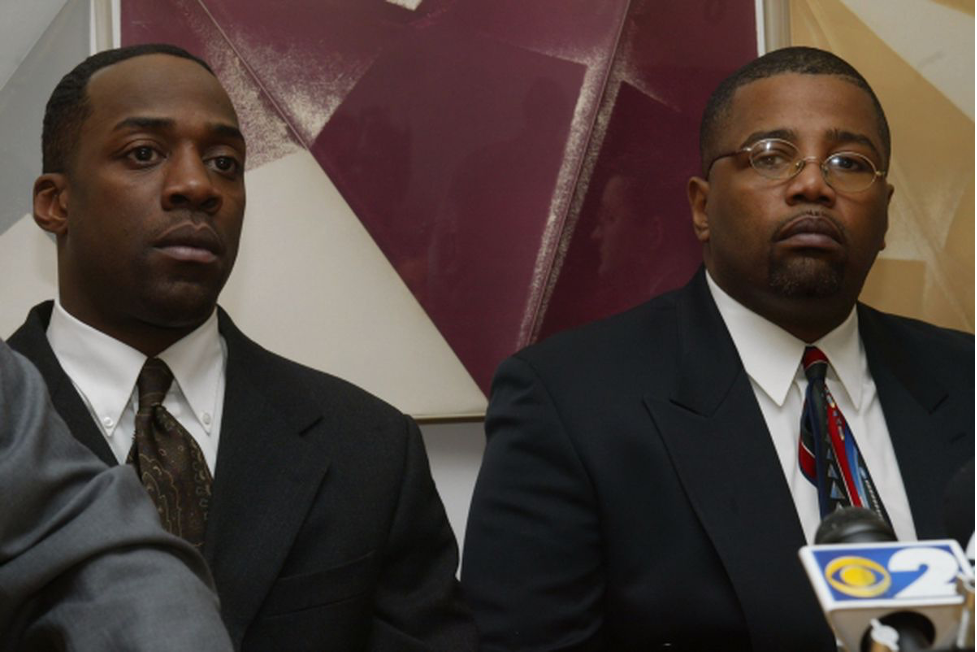
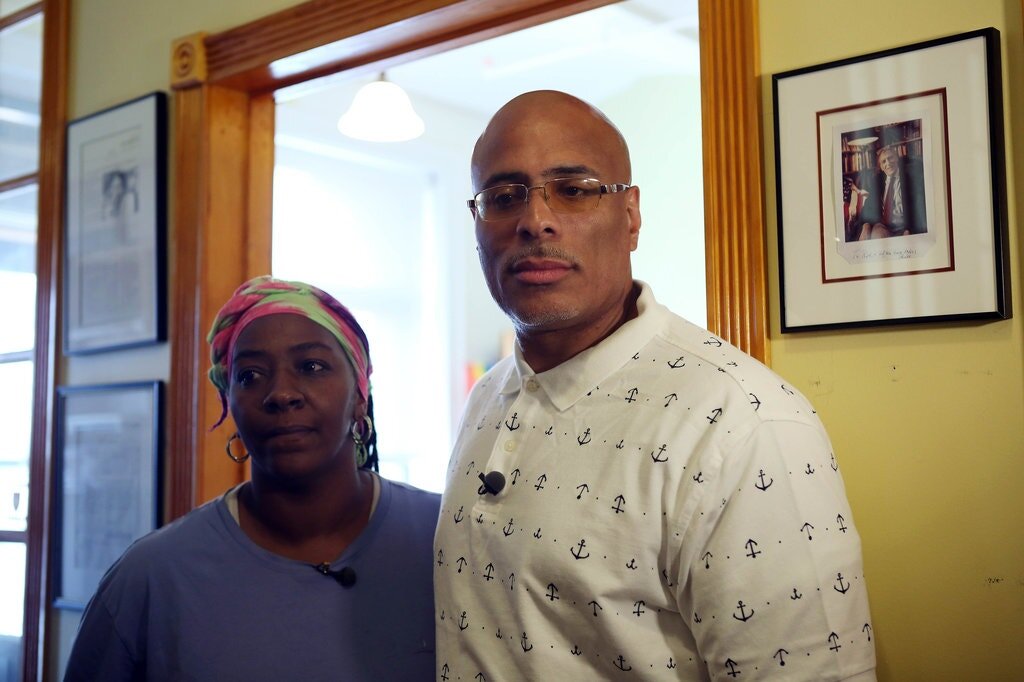
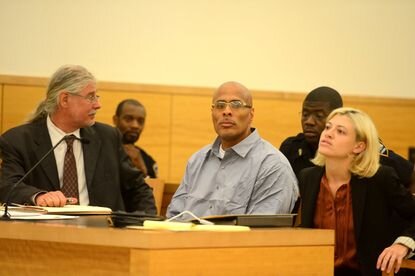


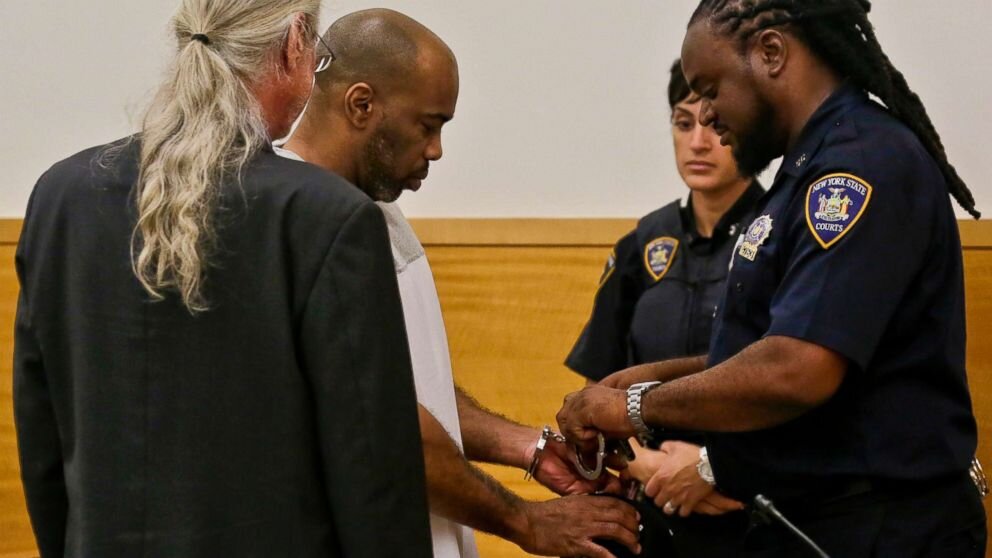
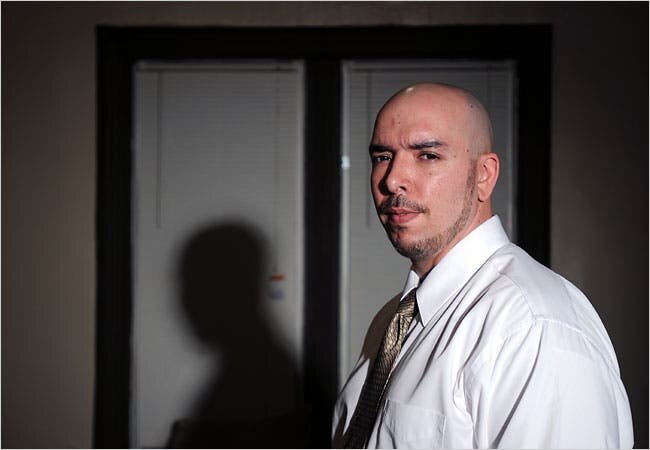
“JANUARY 15: Lawyer Ron Kuby (left) tells of a $3.3 million settlement that Anthony Faison and Charles Shepherd (right) have won from the state as compensation for serving 13 years for a murder they didn't commit. Last year, a Brooklyn judge freed the two after another man admitted the murder and the lone witness against them, a crack addict, said she lied for $500 in reward money. The two men will split the settlement.”
(Photo by Mike Albans/NY Daily News Archive via Getty Images)
Anthony faison and Charles shepherd.
People v. Faison and Shepherd, 176 A.D.2d 752, 176 A.D.2d 766, (Kings Cty., 1988); exonerated May 14, 2001.
As with many of these cases, the end result did not demonstrate that the system “worked”. Instead, it proved just how many separate and improbable things must all happen, and in the proper order, for an exoneration to take place.
On March 14, 1987, a livery cab driver was shot and killed by a single bullet in Brooklyn, NY. A long-time informant for the NYPD produced an “eye-witness” to the crime; a crack addict whom he paid a few dollars to identify Anthony Faison and Charles Shepherd as the perpetrators. The informant had a pre-existing argument with the duo over their refusal to hire him at a construction site where they worked. The crack addict made the identifications while the informant sat next to her—nudging her when the proper photos were shown. At trial, she testified that she saw the defendants standing by the car as the driver was getting into the vehicle; one of them fired a single shot and they ran away. No forensic evidence was found. No firearm was recovered. No confessions were elicited. Numerous fingerprints were found in the vehicle and none of them matched the defendants. Both were convicted and sentenced to 15 + to life.
Over the next decade, Faison would write over 60,000 letters seeking help from every person, organization, or group whose name appeared in connection with any successful case. Finally one of those letters landed on the desk of retired Detective Sgt. Michael Race, who thought the case just didn’t look right, and commenced a re-investigation. He tracked down a woman who submitted an affidavit claiming that her ex-boyfriend, Arlet Cheston, told her that was doing time with a man who had been convicted of the murder the Cheston had committed. (Cue up “It’s a Small World”). He also obtained a detailed affidavit from the crack addict recanting her testimony and explaining that she had lied in exchange for crack money.
Based on these affidavits, we filed yet another Sec. 440.10 motion with the same judge who had tried the case and denied all prior motions. The judge ordered the DA’s office to at least check the fingerprints of Cheston against the untested latent prints found in the cab, now that a large database of fingerprints existed. The DA’s office discovered that Cheston’s prints were in the rear passenger side of the cab. Cheston was arrested; he admitted committing the murder, acting alone, and he passed a polygraph examination.
On May 14, 2001, Faison and Shepherd were exonerated and released.
News coverage here.
Shabaka and his wife Lanette Holmes
Hiroko Masuike/The New York Times
Shabaka Shakur (center), wrongfully convicted of killing two men in 1988, will be a free man after getting his conviction overturned, but must spend one more weekend in prison due to a paperwork demand.
(Aaron Showalter/New York Daily News)
JUDGE ORDERS SHABAKA SHAKUR FREED FROM PRISON AFTER 27 YEARS
Unfortunately many individuals within the DA’s office, the bench, and even appellate court equate ‘justice’ with ‘getting the guy’, even when it’s the wrong guy. Shabaka’s case is an example of just how violent and dangerous prosecutorial misconduct can be.
Shabaka Shakur was convicted of a double homicide in 1989 and after serving 27 years in prison fighting to prove his innocence, he was finally exonerated in 2015. Sha, like many others before and after him, was found guilty based primarily off of evidence amassed by Det. Luis Scarcella, who claimed that Sha gave him a full confession. Despite no notes of the interrogation, no physical evidence linking Sha to the gun or crime, and an alibi corroborated by two individuals (one of whom Sha went on to marry), Shabaka was convicted on two counts of second degree murder on February 15, 1989 and sentenced to 20 years to life.
In 2012, Sha filed a motion seeking a new trial claiming that there was an additional witness who would testify that Young, the eye witness, was inside the building at the time of the crime and could not have seen the shooting. Despite the 2013 investigation into the 70+ murder cases connected to Scarcella, in 2014 prosecution affirmed his conviction.
In 2014, on a 440.10 motion, we presented evidence that Scarcella had fabricated the confession (and in June, 2015 Justice Desmond Green granted the motion, vacating Sha’s conviction, ruling that there was a “reasonable probability that the alleged confession of (Shakur) was indeed fabricated,” and that he believed the testimony of the alibi witnesses. On June 4, 2015 Brooklyn D.A. Kenneth Thompson consented to Sha’s release and announced that he did not plan to pursue any appeal or retrial.
By February 2018, nine more individuals whose cases were connected to Scarcella also had been exonerated.
News coverage here.
June 4, 2015 New York Times article here.
June 5, 2015 Daily News article here.
June 4, 2015 New York Post article here.
To read more about the pig of all pigs, Luis Scarcella, see below.
New York Times’ 2013 Examination: Review of 50 Brooklyn Murder Cases.
The Marshall Project’s Curated Collection of Links.
The Innocence Projects’s page on Luis Scarcella.
“Yusef Salaam, left, Kevin Richardson and Raymond Santana were exonerated in the Central Park jogger case. The men, shown with supporters on Jan. 17, 2013, are suing the city for $250 million—$50 million each.”
ASSOCIATED PRESS
Yusef, 15 years old, escorted by NYPD. 1990.
(Clarence Davis/NY Daily News Archive via Getty Images)
Yusef Salaam
You might recall the full-page newspaper ad Donald Trump purchased, which proclaimed the guilt of 5 boys - whom he named and provided addresses for - and called for the reinstatement of the death penalty. Yusef Salaam was one of those 5 young teens, four Black and one Latino, who were charged with the rape and assault of a 28-year-old white woman in Central Park in 1989. 15 years old at the time, Yusef was the youngest of the teens who came to be known as ‘The Central Park Five’ and was sentenced to 5 to 10 years.
After hours of grueling interrogations, Yusef, Kevin, Antron, Raymond, and Korey all confessed to being involved. Despite the stark differences in their confessions - time, location, and participants - the confessions were used as evidence. Also used as evidence was a hair found on the victim that was “similar” to Kevin Richardson’s. All five were convicted in 1990.
We represented Yusef on his appeal and post-conviction.
In 2002, Matias Reyes admitted that he alone was responsible for the attack and on December 19, 2002 the convictions of all five men were overturned.
To read more about Yusef’s case:
Watch:
Interviews with Yusef below.
“We Are Witnesses”: A Portrait of Crime and Punishment in America
The Choice 2020: Interview with Yusef Salaam on systemic racism, Kunstler as his attorney, and Trump vs. Biden.
“Sundhe Moses, 42, at State Supreme Court in Brooklyn hugs his attorney Ron Kuby Thursday after a judge ordered a re-trial of his 1997 murder conviction.”
(Jesse Ward/for New York Daily News)
Sundhe Moses
“Attorney Ron Kuby, far left, watches as his client Jabbar Washington, 43, second from left, is freed from handcuffs after his exoneration at Brooklyn Supreme Court, July 12, 2017, in New York.”
Bebeto Matthews/AP
Jabbar Washington speaking with reporters after gaining his freedom. Brooklyn New York
Jabbar Washington
People v. Jabbar Washington, Ind. 2585-1996 (Kings Cty.)
So the phone rings one day late in the autumn of 2015 and a very irritated woman named Martha Washington announced that her son Jabbar was in prison for a murder he did not commit, and that the Kings County CRU was investigating the case, and that she had a lawyer who had done nothing for a year, and just what was I going to do about it?
It was a familiar 1990s crack/murder case”: On January 21, 1995, a bunch of people hanging out in one apartment thought it was be a great idea to rob a bunch of crack dealers in another apartment. “Shots rang out”. One person died and a number of others wounded. The police rounded up an acceptable number of people—they got some of the right ones and some of the wrong ones, and missed some of the right ones. Close enough.
We reviewed the case, taking due note of the fact that Detective Louis D. Scarcella obtained the “confession” and arranged the lineup and that then ADA Kyle Reeves tried the case. There was a lot wrong with the case. Jabbar had a solid alibi which was corroborated by his girlfriend—who was a member of the U.S. Army specializing in NBC warfare. Both testified at trial. The confession was a classic “unproductive” confession—Jabbar did not tell Scarcella anything that he did not already know. There was an “ear witness” who testified that she recognized the voice of one of the gunmen—not Jabbar. Imagine the surprise when Scarcella testified that the ear witness did identify Jabbar as one of the gunmen, even though she said no such thing at trial.
Working and laying well with the CRU, we learned that Scarcella told the grand jury that the witness identified Jabbar. But a couple of days later, before she was called to testify before the grand jury, the witness insisted that this was not true—she only knew Jabbar as someone who lived in the building. She never identified him and indeed, could not identify anyone except the defendant she knew by voice. That document, in a grand jury synopsis sheet, was never provided to the defense. It was finally uncovered by the CRU, in the back of some box, no doubt covered with coffee stains and cigar ashes.
On July 17, 2017, Jabbar was plucked from his prison, brought to Brooklyn, and the Kings County District Attorney joined a defense motion to vacate the conviction and dismiss the charges. Jabbar Washington walked out of prison after more than 20 years. Read the transcript of the exoneration here.
For the first year of freedom, Jabbar walked the streets of New York City in all weather, all day, just because he could. Martha was very happy to have him home. With part of his settlement, he bought her a nice house.
Read more about the case:
MICHAEL CLANCY
People v. Michael Clancy, 2327-1997 (Bronx Cty.)
On March 30, 1997, John Buono, who was a crack dealer and was with his crack-dealing crew, encountered Michael Clancy, a 25-year-old elevator mechanic, who was with hung out with a far more law-abiding bunch. Words were exchanged between the two groups of young man and everyone went on their respective paths. A few hours later, Buono was shot to death while ordering a pizza in a local Bronx pizzeria. Suspicion focused on Clancy based solely on the early evening encounter.
The utterly traumatized young woman behind the counter identified Clancy as the shooter after the police presented him as a suspect; as did a woman waiting in her car for a pizza. Both gave initial descriptions that did not match Clancy. There was no forensic evidence connecting Clancy to the killing. But Clancy was tried, convicted, and sentenced to 25 to life.
There was one guy who knew the identity of the actual killer. His name was David Prieto and was a serious, hardcore guy. He knew the killer was a guy named “Drew.” He knew it because Prieto was about 15 feet away when it happened. He knew it because he and Drew’s crew were fighting a little turf war over crack. He knew it because he recognized Drew. He knew it because he knew that he, and not Buono was the actual target, but Buono had walked in first. He set about the business of finding Drew and killing him.
What followed makes for a Carlito’s Way story, and beyond the scope of this description. With the help of Bronx ADA Gary Weil (not involved in the original prosecution) Prieto was dragged out of federal prison to testify; notes were produced, a hearing was held, and on April 1, 2008, Clancy was granted a new trial. Eventually, Drew was indicted for the murder, charges were dismissed against Clancy, and he resumed working as proud union member and elevator mechanic.
Read more about the case here:


